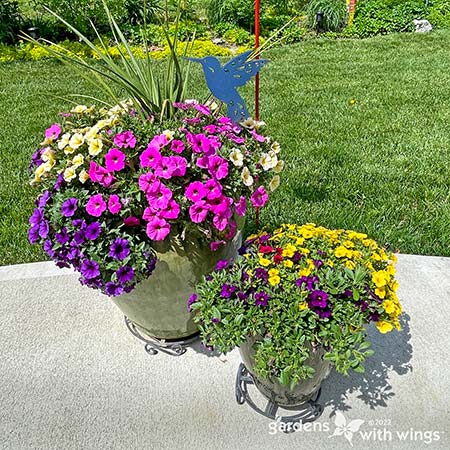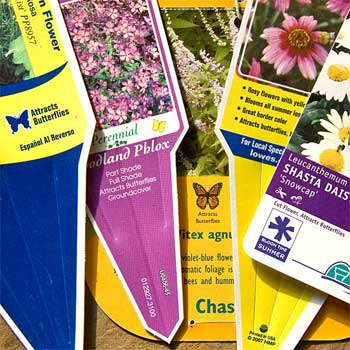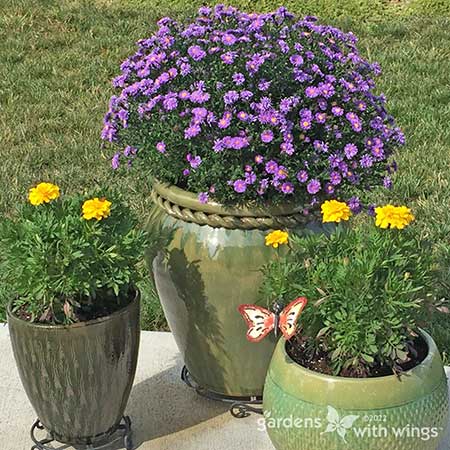Are you looking to start a garden with beautiful flowering plants that add color and attract butterflies and pollinators to your home? Planting in pots is an excellent way to get started.

Planting your flowers in pots or containers is relatively easy, and you can do this yourself without needing much help. The six tips below will help ensure that your flowering plants thrive in pots.
1. Choose the Right Pot or Container
Your choice of the pot or container will play a significant role in determining the effort needed to keep your flowering plants healthy. Choosing a large pot means you’ll have a lot of soil that can hold on to moisture and nutrients for a long time. However, you’ll need more room if you use large pots.
On the other hand, smaller pots will hold less soil and may require more frequent watering and feeding. However, smaller pots may be the solution if you have limited space. Another solution could be vertical farming, allowing you to plant your flowers in pots despite any space limitations.
2. Pay Attention to Drainage
When choosing your pots, ensure they come with drainage holes to allow excess water to flow out when watering your flowering plants. Proper drainage will help your plants thrive.
Without these drainage holes, excessive water in the soil will lead to wilting and root rot, ultimately undermining your planting efforts. Adding gravel to the bottom of the pot can enhance drainage, but it should not replace your pot’s drainage holes. You may also want to place weed control material over the bottom holes to prevent soil from seeping out.
3. Invest in the Right Type of Soil
You may be wondering why you can’t just use the soil in your backyard to plant your flowers in pots. For your flowers to thrive, they’ll need lighter soil that features moss and other organic materials.
This soil helps keep the roots healthy and provides a consistent oxygen supply, allowing your flowers to grow. So be sure to invest in potting soil specifically meant to be used when planting in pots.
4. Choose the Right Flowering Plants
When plant shopping, select plants you like for their beauty and how they can benefit wildlife, such as pollinators. You’ll also want plants that will be easy to maintain. Do your research to determine each plant’s requirements to ensure you can comfortably meet them.
If you are including multiple plants in one pot, include plants with the same requirements. This will help make watering and feeding easy. This is especially helpful when using a large pot or container.
Add soil to the pot, with your hands or a small shovel create spaces where your plants will be arranged.
Carefully remove your plants from the store-bought containers. Avoid disturbing the roots too much.
Securely place your plants in their specific spaces and ensure that the roots are deep enough and not showing.
Using your hands, gently pack the soil around the plants to cover them and be gentle to avoid breaking the stem of your plant.
5. Feed and Water Your Plants
Potting soil may not feature the required nutrients to keep your plants healthy and allow them to thrive. You may need to fertilize your plants to ensure they get their nutrients. Purchase fertilizer specifically for potted plants, and read all instructions.
Watering your plants is, of course, essential, especially immediately after planting. You’ll want to soak the soil until you see water running out of the pot.
When watering, consider using a watering can or hose with a rain shower nozzle to help avoid damage to the soil and plant leaves. Create a regular watering schedule that compliments any rain that Mother Nature provides.
6. Read and Keep Your Plant Tags

The tags that come with your plants provide helpful information like how much sun/shade they require and how frequently to water. Save the labels so you can refer to them as needed. You may also want to search the internet for more information about how to maintain your plants and help them thrive. Their beauty will brighten your outdoor space while providing food for pollinators.





